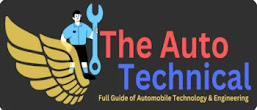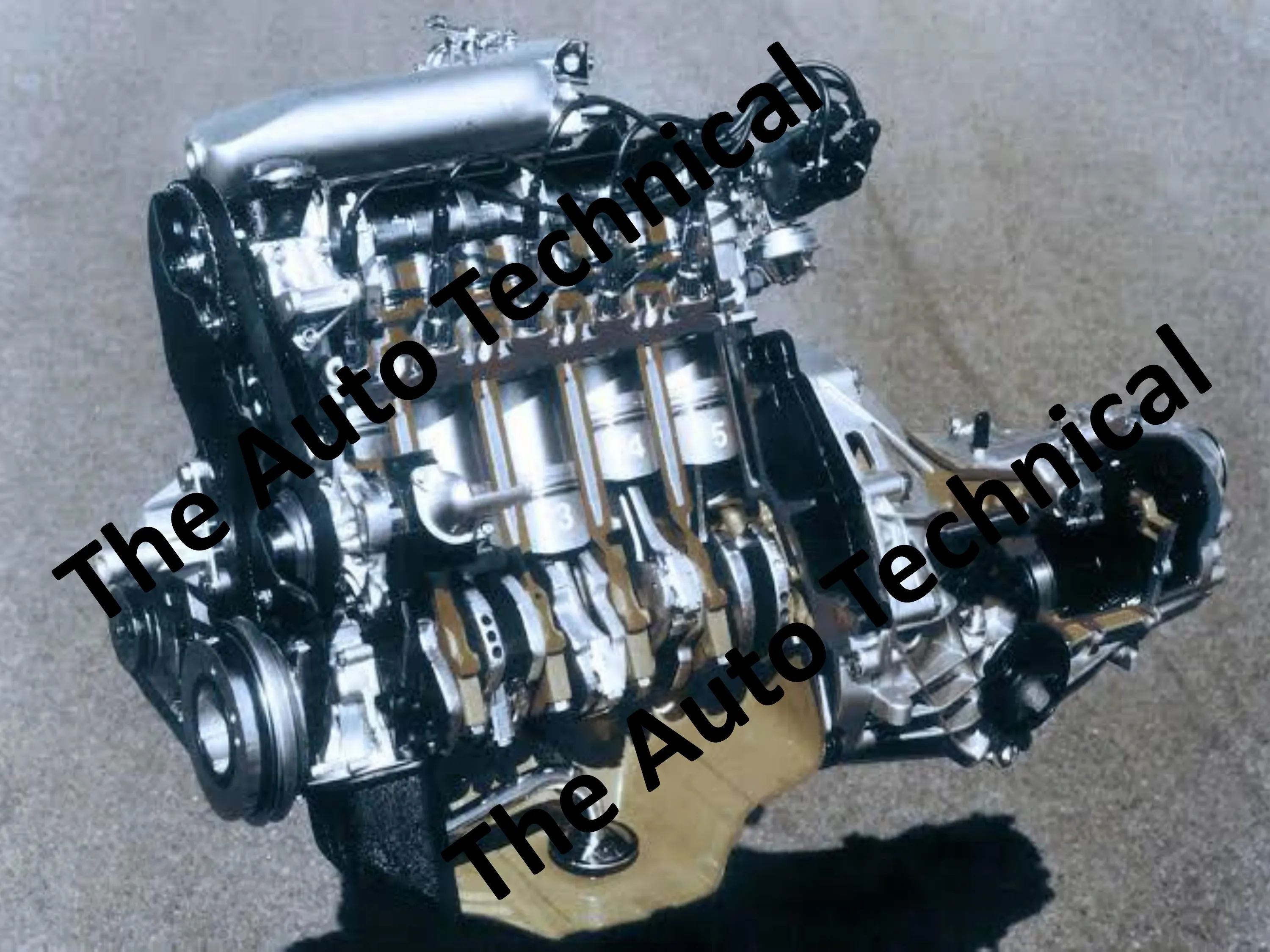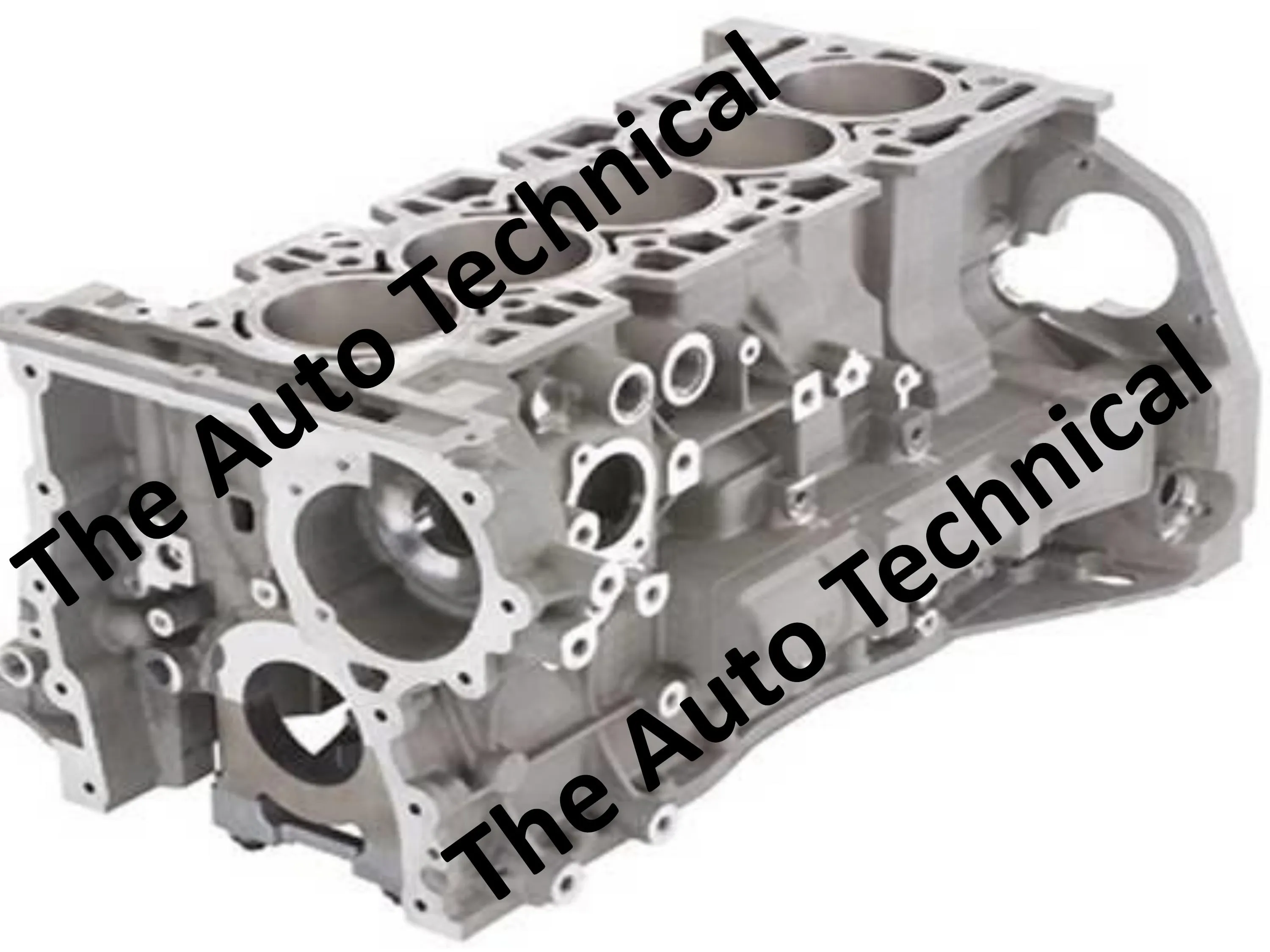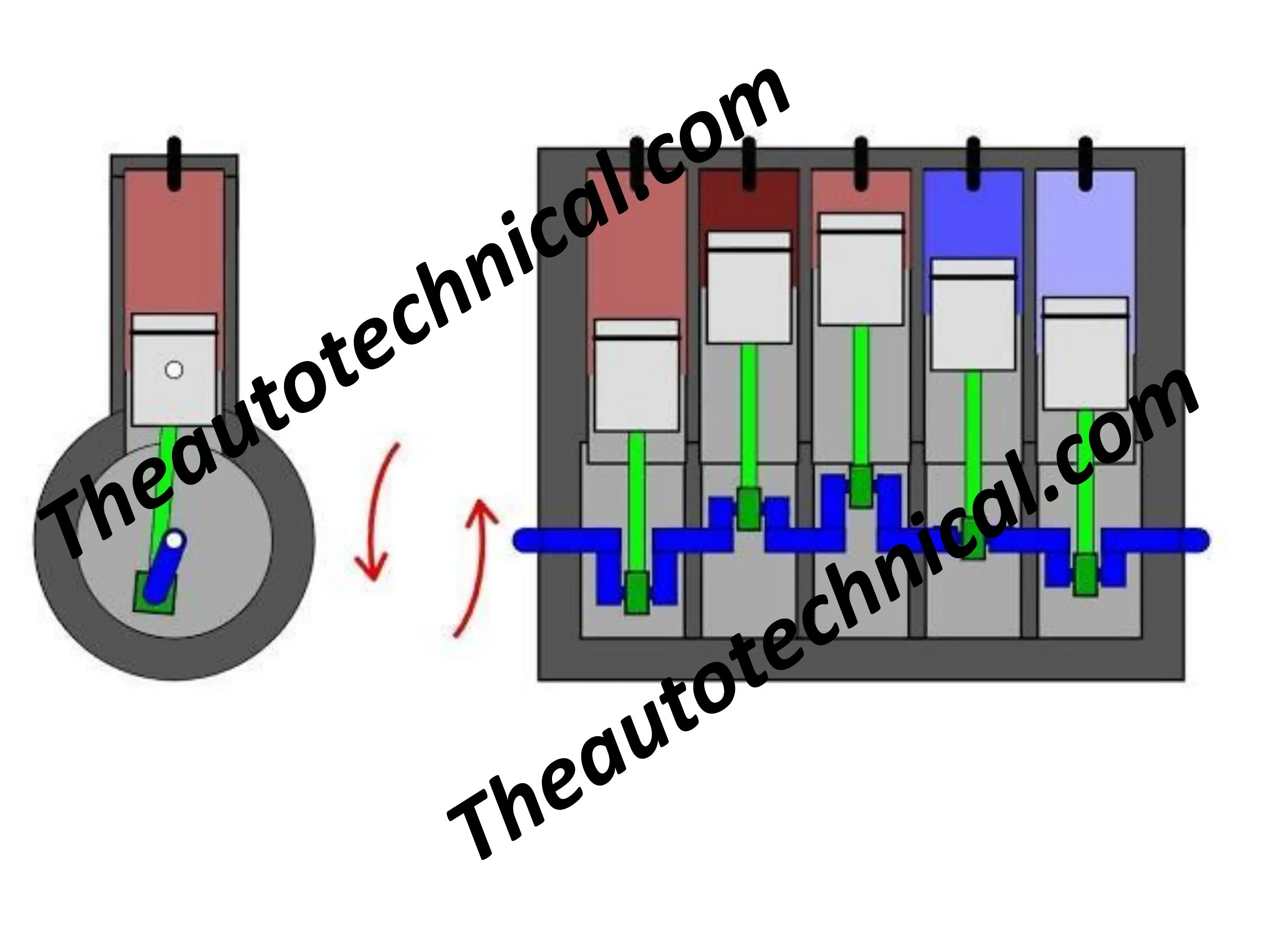Composition of 5 Cylinder In-line Engine
Introduction
In the world of automotive engineering, the quest for the perfect balance between power and efficiency has led to the development of various engine configurations.
One such configuration that has gained popularity in recent years is the 5-cylinder in-line engine. This unique engine layout combines the advantages of both 4-cylinder and 6-cylinder engines, offering a harmonious blend of power, smoothness, and fuel efficiency.
In this article, we will delve deep into the composition of the 5-cylinder in-line engine, exploring its design, advantages, and applications.
The Anatomy of a 5-Cylinder In-Line Engine
1. Cylinder Arrangement
At its core, a 5-cylinder in-line engine is an internal combustion engine that features five cylinders arranged in a straight line. This arrangement is different from the more common 4-cylinder and 6-cylinder engines, both of which have their own distinct advantages and drawbacks.
2. Crankshaft Design
The key to the smooth operation of a 5-cylinder engine lies in its crankshaft design. The crankshaft of a 5-cylinder engine is specially engineered to achieve optimal balance and reduce vibrations.
Unlike 4-cylinder engines, which have an inherent imbalance due to their firing order, and 6-cylinder engines, which require more complex counterbalance mechanisms, the 5-cylinder engine's crankshaft strikes a balance between the two.
3. Firing Order
The firing order of a 5-cylinder engine plays a crucial role in its smooth operation. The most common firing order for a 5-cylinder engine is 1-2-4-5-3, where the cylinders fire sequentially in this order.
This firing sequence is carefully chosen to minimize vibration and achieve a more even distribution of power.
Advantages of a 5-Cylinder In-Line Engine
1. Balance and Smoothness
One of the primary advantages of a 5-cylinder in-line engine is its exceptional balance and smoothness. This configuration strikes a harmonious balance between the uneven firing of a 4-cylinder engine and the complexity of a 6-cylinder engine, resulting in reduced vibrations and a more refined driving experience.
2. Power and Efficiency
The 5-cylinder engine offers a compelling blend of power and fuel efficiency. It typically produces more power than a 4-cylinder engine without sacrificing the fuel economy associated with larger 6-cylinder engines. This makes it an attractive choice for both performance-oriented and fuel-conscious drivers.
3. Packaging
From a design and packaging perspective, 5-cylinder engines can be more compact than 6-cylinder engines, making them easier to fit into a variety of vehicle platforms. This versatility allows automakers to use 5-cylinder engines in a range of vehicle types, from compact cars to SUVs.
4. Distinctive Sound
Another unique aspect of 5-cylinder engines is their distinctive exhaust note. The firing sequence of the cylinders produces a unique and appealing sound that many enthusiasts find enjoyable. This characteristic sound sets 5-cylinder engines apart from their 4-cylinder and 6-cylinder counterparts.
Applications of 5-Cylinder In-Line Engines
1. Passenger Cars
Many automobile manufacturers have embraced the 5-cylinder engine configuration for their passenger car lineup. These engines provide a great balance of performance and efficiency, making them suitable for a wide range of applications.
For instance, Audi has used 5-cylinder engines in its sporty models like the RS3, while Volvo has utilized them in various models across their lineup.
2. Trucks and SUVs
The power and torque characteristics of 5-cylinder engines also make them a good fit for trucks and SUVs. Their ability to provide ample low-end torque is advantageous for towing and off-road capabilities.
Companies like Volkswagen have employed 5-cylinder engines in their Amarok pickup truck, showcasing the versatility of this engine configuration.
3. Motorsport
The 5-cylinder engine has found its way into motorsport as well. Audi's legendary Quattro rally cars, with their iconic five-cylinder turbocharged engines, dominated the rally scene in the 1980s. The engine's compact size, power, and distinctive sound made it a formidable force on the racetrack.
Challenges and Future Developments
1. Emissions and Efficiency
As the automotive industry shifts toward greater fuel efficiency and reduced emissions, 5-cylinder engines face challenges. Meeting stringent emissions regulations while maintaining their power and performance characteristics will require advanced engineering and technology, such as direct injection and turbocharging.
2. Electrification
The rise of electric vehicles (EVs) presents a unique challenge to traditional internal combustion engines, including 5-cylinder ones. Some automakers are exploring hybrid configurations that combine a 5-cylinder engine with an electric motor to harness the benefits of both worlds, providing power when needed and electric efficiency for everyday driving.
3. Continued Innovation
To stay relevant in a rapidly evolving automotive landscape, 5-cylinder engines will need to continue evolving. This might involve incorporating technologies like cylinder deactivation and further optimizing combustion processes to enhance efficiency and reduce emissions.
Conclusion
The 5-cylinder in-line engine is a remarkable example of automotive engineering that offers a balance of power, efficiency, and unique character. Its distinctive design and firing sequence make it a standout choice for both manufacturers and enthusiasts.
As the automotive industry continues to evolve, 5-cylinder engines may face challenges, but their adaptability and versatility could see them playing a vital role in the future of transportation.
Whether on the road, the track, or the trail, the 5-cylinder in-line engine continues to captivate the hearts of those who appreciate the art and science of automotive engineering.








.webp)
.webp)

0 Comments